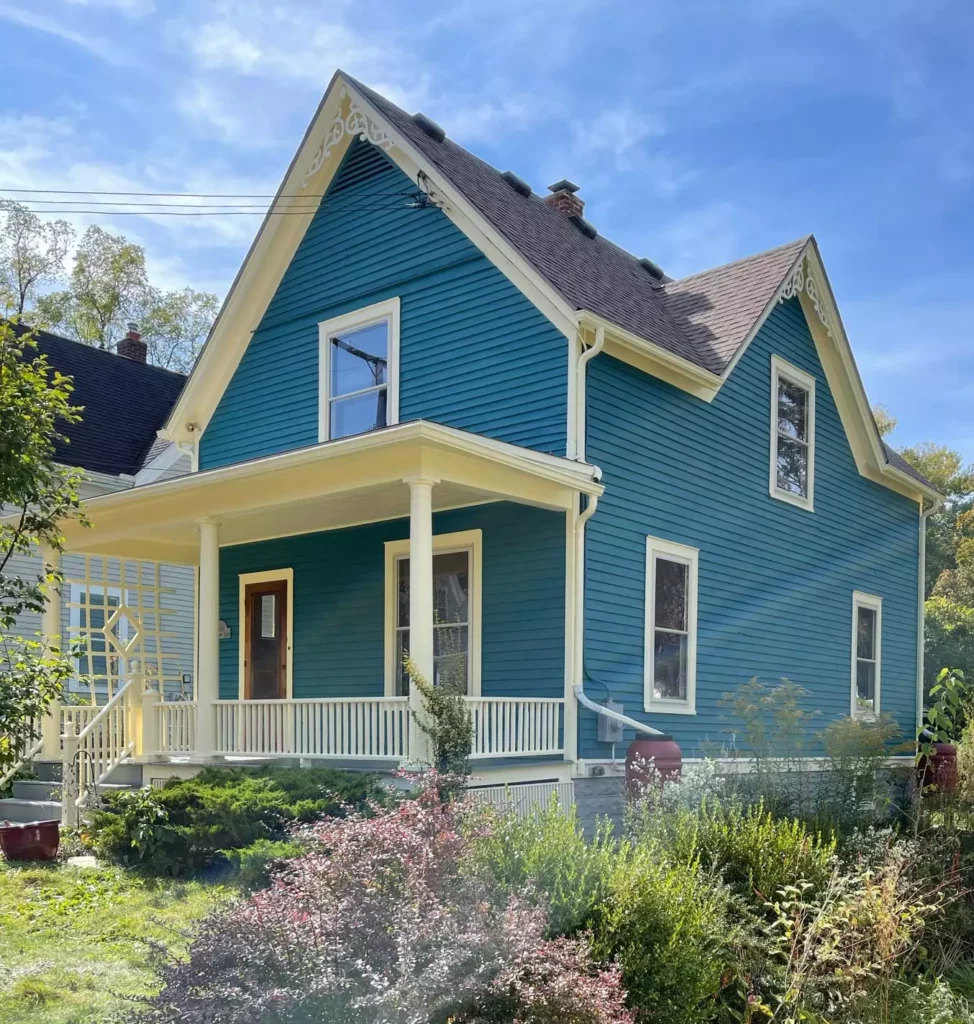This month, we’re going to focus on color theory. What are the different types of colors? How do they interact? Here’s some information to help you answer these questions and more.
Color- WARM UP
Red, orange, and yellow are known as “warm” colors because they evoke images of heat–like fire or sunshine. They make us feel warm on a psychological level, so we often associate them with feelings of happiness.
Red
Red food color is a powerful product. It’s often used in restaurants to give the food a more appetizing appearance and in the home for its attractive qualities. This color stimulates people’s appetite, increases their blood pressure and heart rate, and often produces feelings of intimacy and sexual arousal.
Orange
Orange provides a less exciting and passionate warmth than red, but it’s still powerful. When used in an interior design, the mood and feeling of orange is more friendly and inviting than intense; more cheerful than sensual. Orange works well for living rooms, dining rooms and family rooms, as well as children’s bedrooms.
Yellow
Yellow is one of the most common colors in the world. This is because it’s eye-catching and shines vividly in poorly lit spaces. But too much yellow can cause anxiety, giving some people headaches or other headaches. In offices and living rooms, many people like to use yellow highlighters as a way of standing out from the crowd.
COLOR Cool Down
Blues, greens, and violets are considered cool colors because they reflect pastoral landscapes and the gentler ocean views. When we see these colors we associate them with feelings of peace, tranquility, and relaxation.
blue
Research shows that people most enjoy bedroom colors like light blue because they are calm and soothing. Unfortunately, light blue may suppress appetites bec
ause there are very few foods with a naturally light blue hue. Though you might want to keep your bedroom blue, it’s best to avoid this color in the dining room.
green
Our home is comfortable with greens anywhere, as they are the most prevalent color in nature. The light shades work well in baths and living rooms, while medium greens make a great accent for kitchens and dining rooms. The soothing effect of green makes it popular in hospitals, schools, and work environments.
Violet
Despite being less popular than other colors, purples, especially rosier shades, are still worth considering. Children often prefer the color purple in their bedrooms and play areas, so it’s worth giving them a chance to find out if they’d like to incorporate purple colors elsewhere.



